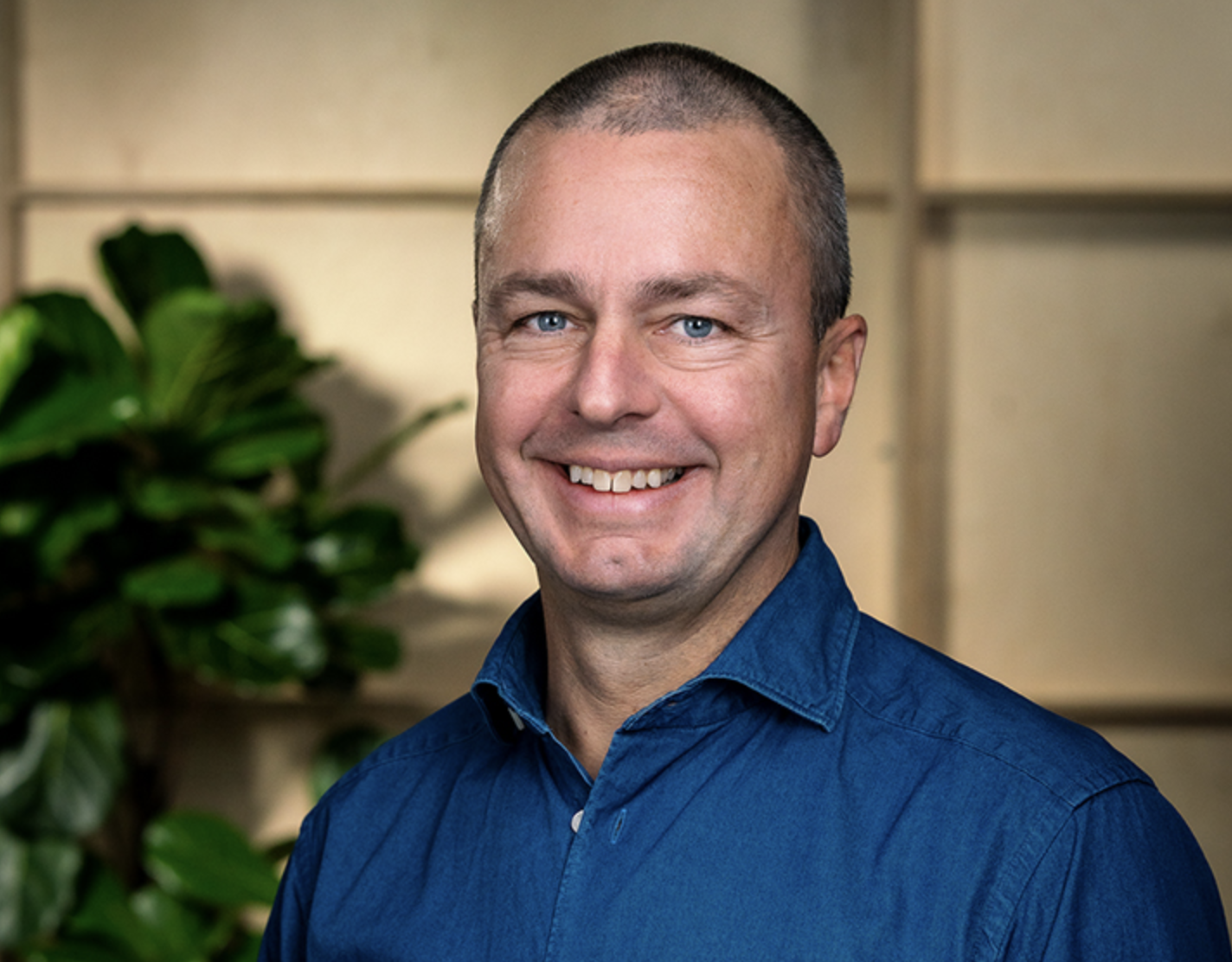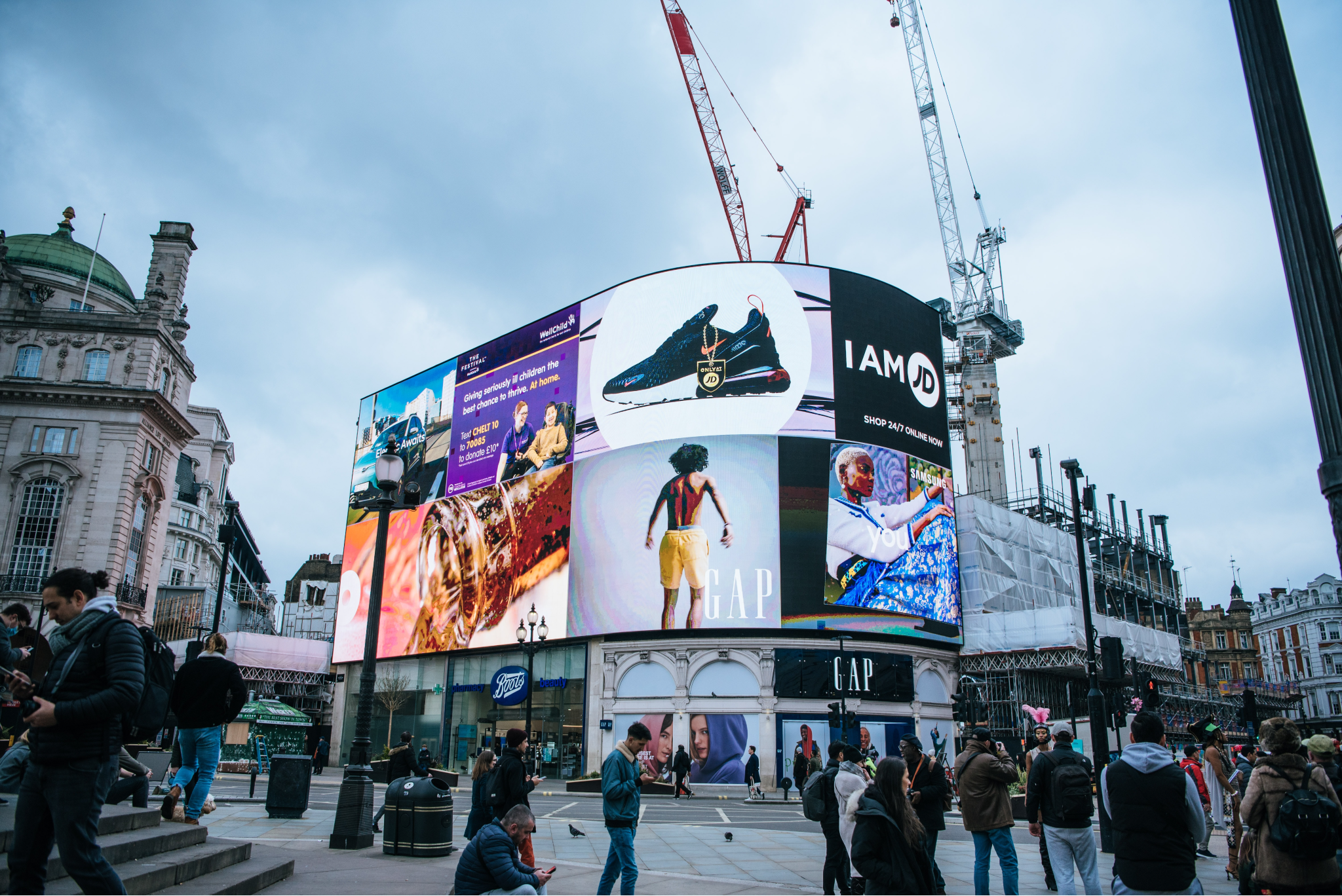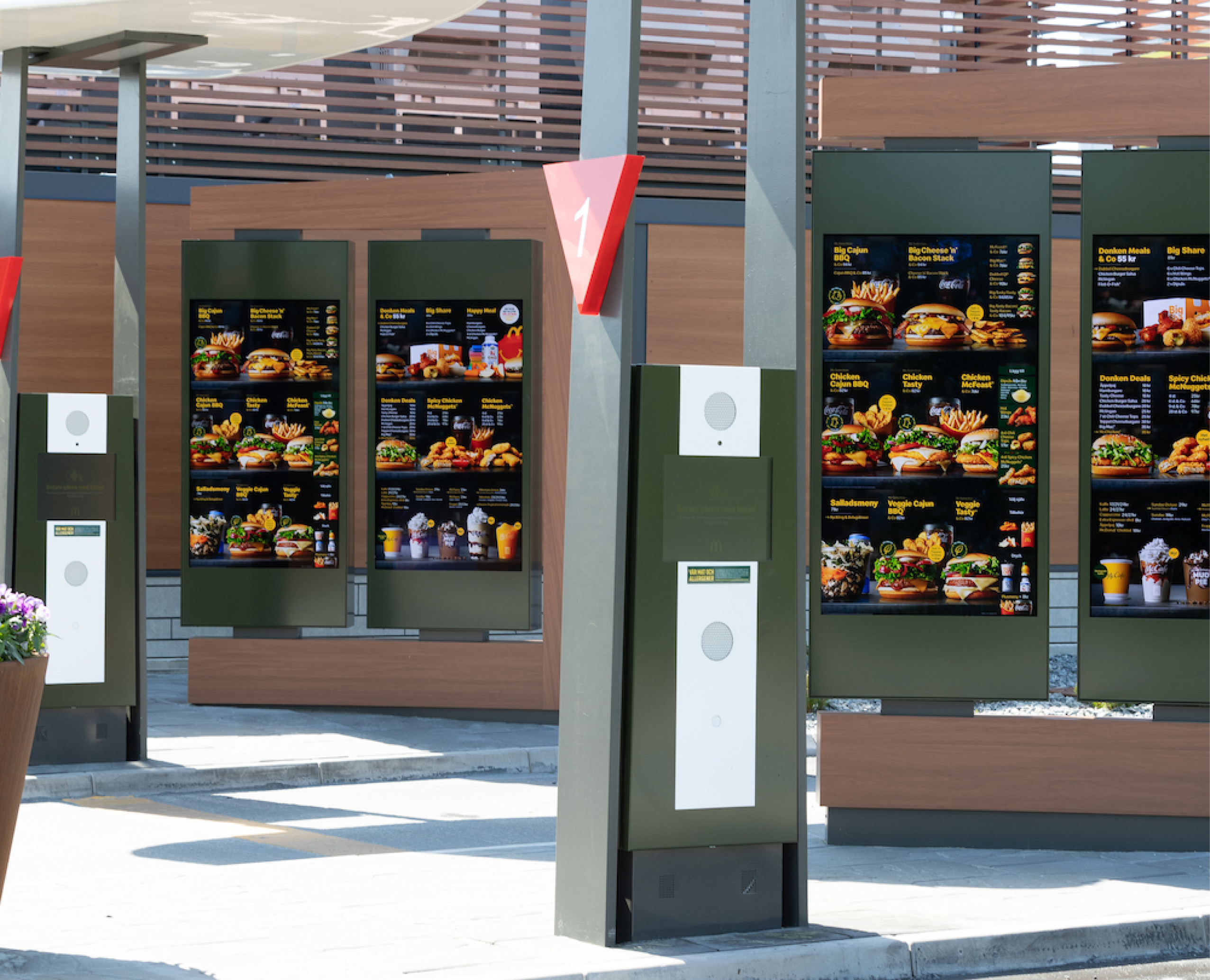I have two goals for Visual Art.
Balanced profitability in Sweden, and organic growth in Europe.
We're aiming towards €32M in ARR for 2023 and just passed the €25M mark.
Today we have customers such as McDonald's, Circle K, Lego, NIO and Subway in our portfolio - and business in 39 countries.
Our main revenue streams are hardware deployment, strategic concept and design, content production, software licences and tech development. We want to be a one-stop shop for clients, compared to most of our competitors who only offer one part of the solution: software, hardware or installation.

Why change a winning concept?
Something that's worked very well for us is copy-pasting our success in Sweden to other markets.
Overall, Sweden has come a long way with digitalisation. More and more companies worldwide are beginning to understand how digital communication channels can support their sales, brand experience and operational efficiency. They're starting to catch up in maturity level.
During the last three years, we've for example opened offices in the UK, Spain, and the United States, which have brought in customers from other parts of the world too, such as Asia and Australia. Having Sweden as an inspiration - a guiding north star - has been very helpful when establishing these relationships. Many people look up to our work here and are encouraged by how far we've come in the digitisation process.
Since Sweden is quite a small market, we work with everything from small to large companies here. When we're expanding internationally, however, we have the luxury of being able to choose our clients with care and primarily go for large scalable enterprises.

Entering a new market doesn’t have to be complicated
Our strategy is quite simple, actually. We grow with our existing clients as much as humanly possible.
We have a lot of large clients with employees around the globe. Our contact can often introduce us to key stakeholders elsewhere in the organisation.
But for that to happen, we need to earn their trust. We're putting a lot of emphasis on working strategically with our clients and becoming a part of their everyday life. That makes it easier to create value and get that introduction.
Create relatable references and adapt to new markets
An important lesson for us has been that new markets require new cases and references. People trust people they can relate to.
When pitching to an existing client's operations in another market, we already have a great reference and business case. Let's take Mcdonald's drive-thru as an example. We're providing all their screens in Sweden, and thanks to machine learning and AI, we can optimise the displayed content to drive sales. Our algorithm can choose what products should be displayed based on the location, time, weather, if it's rush hour and much more. Selling to McDonald's in other countries becomes much easier once we have that proven concept and actual numbers to back it up.
Then, once we've worked with McDonald's in other countries, we can use them as a local reference to earn trust and attract new clients in that specific market. For us, this has been a much easier approach than starting from scratch and pitching to someone we’re not connected to. It makes both hiring and selling easier. We've tried entering markets from scratch too, but it's extremely difficult and requires practice.

How we build sales around new markets
At first, we usually manage new markets straight from the headquarters. It’s not until we can see that the market is ready that we try recruiting people who can operate locally. How the teams are built depends on that market’s specific go-to-market strategy and the growth opportunities we see there. In Sweden, for example, we have one Sales Director who leads a team of key account managers and account executives.
We do, however, have a pre-defined framework for our sales processes to ensure all account executives have what they need to achieve results. We also have a clear picture of when we’re supposed to reach profitability and how for new markets. Our success is measured by referring back to an internal model we’ve built, where we know how many calls we need to make to book enough meetings that drive sales.
Our sales process is slightly different for new acquisitions and expansions. Generally speaking, when it comes to new acquisitions, we start by identifying potential growth segments to which Visual Art can contribute. Then we build lists of companies and contacts and start cold-calling to get that first appointment.
Three things that have worked well for us overall when it comes to selling are:
- Always start with finding out what the customer needs instead of selling your product.
- Qualify leads and ensure the person you’re speaking to has the mandate to make decisions.
- Dare to ask for money - do they have the budget for this?

What’s stopping us from growing faster
Today, we have a solid foundation and stability in Sweden with the headquarters, back office functional service support and operational functions. But as we've grown quite a lot lately and will continue to grow even more in the coming years, we need to meet new demands.
We're seeing tremendous growth in companies using our displays and licences. In 2022, for example, we had 65.000 software licences out in the market. That volume puts increased pressure on the organisation, so we must strengthen our operational excellence and build a great service organisation.
For us, it's been challenging to find talents with the right experience. They need to have a certain level of technical expertise and knowledge about the market and our client's needs. Building the organisation and getting the right tools to support our clients has been our biggest obstacle so far.
Going public is next on the agenda
We've been planning to go to the Nasdaq Stock Exchange for quite some time now. Due to the global turbulence, however, we've had to postpone it to Q4.
We'll go public when the timing is right, so hopefully, that's in Q4; otherwise, we'll postpone it again. Either way, we're looking forward to it. Doing an IPO has been an important goal for us in the last few years, and it feels great to be on the verge of accomplishing that.
Regardless of whether the listing at Nasdaq takes place this year, our aim is to grow with good profitability. The main part of our growth will likely come outside of Sweden. We're expecting to grow a lot in Germany and the US, and we might open up some more new markets in Europe.
/ Pontus Meijer
CEO of Visual Art

